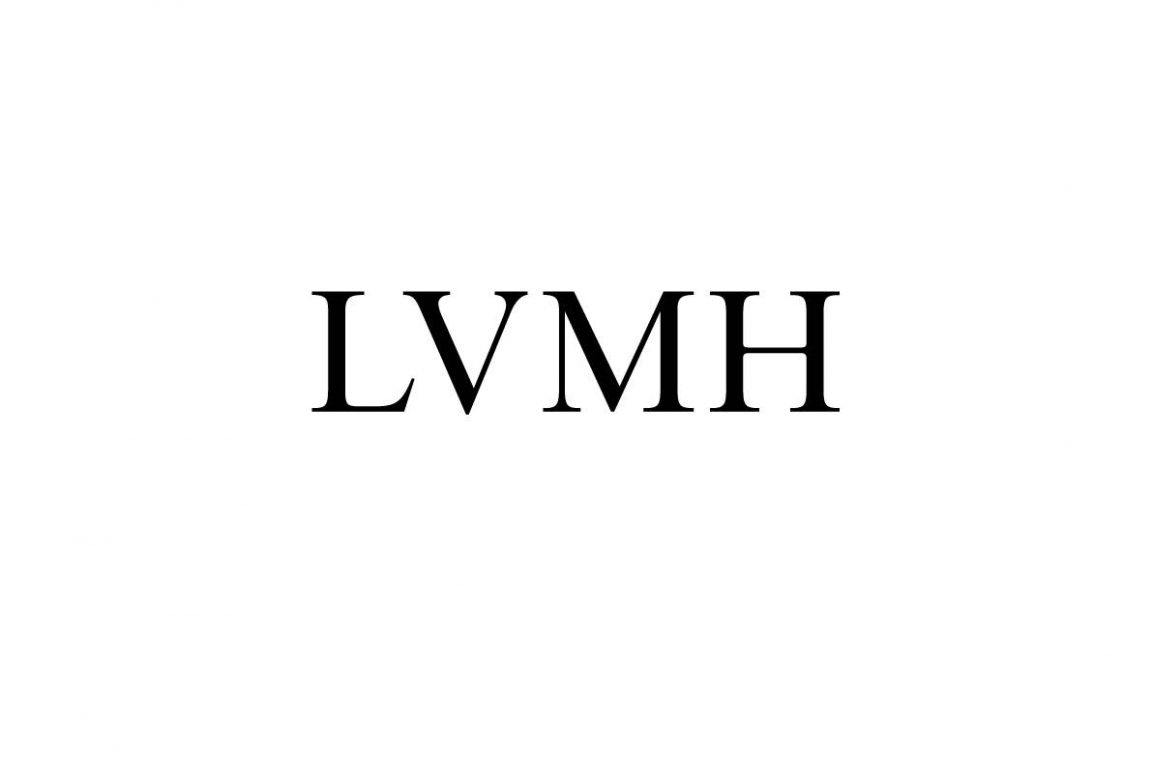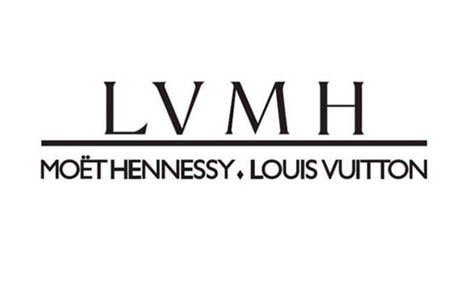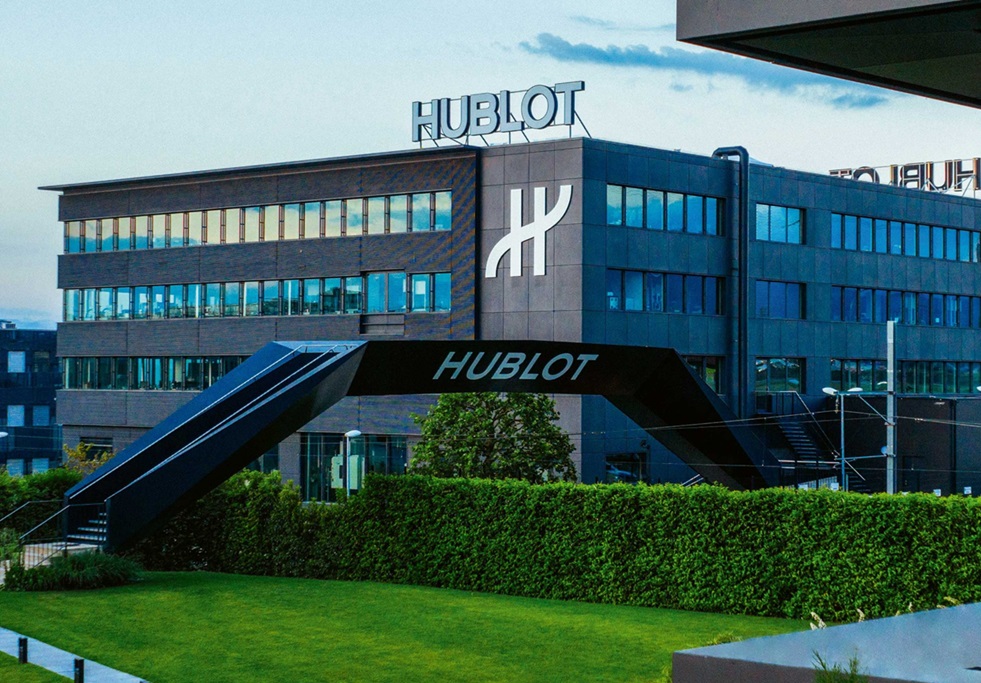Table of Contents
- Luxury giant LVMH’s sales soar despite losses in China - BusinessMole
- Excellent performance for LVMH in the first half of 2015; DFS impacted ...
- LVMH slows down in the third quarter, hampered by weakening demand in ...
- ติน-ตฤณ ฟูจิตนิรันดร์ Archives – THE STANDARD
- LVMH reports 14% sales increase for the first nine months of 2017
- LVMH - OlayaOliveah
- LVMH set priorities: customer security and free choice about exotic ...
- LVMH, 1분기 매출 3% 증가…예상치 부합 | 한국경제
- LVMH, the French luxury conglomerate, aims to expand its presence in ...
- LVMH Logo, symbol, meaning, history, PNG, brand



A Perfect Storm of Challenges



Impact on the Luxury Industry



Key Takeaways
LVMH's sales decline is a result of a combination of factors, including the pandemic, trade tensions, and a slowdown in global economic growth. The company's flagship brands, such as Louis Vuitton and Moët & Chandon, have been impacted by the decline in tourism and consumer spending. The rise of online shopping has disrupted the traditional luxury retail model, forcing companies like LVMH to adapt to changing consumer behaviors. The decline of LVMH's stock price may lead to a decrease in investor confidence, making it more challenging for luxury companies to secure funding and invest in growth initiatives.
What's Next for LVMH?
To regain its position as the world's top luxury stock, LVMH will need to adapt to the changing market landscape. The company has already taken steps to invest in digital transformation, including the launch of its e-commerce platform and the integration of artificial intelligence and data analytics into its marketing strategies. Additionally, LVMH has been expanding its presence in emerging markets, such as China and India, to tap into the growing demand for luxury goods. LVMH's sales slump is a wake-up call for the luxury industry, highlighting the need for companies to adapt to changing consumer behaviors and market trends. While the company's decline may be a short-term setback, it also presents an opportunity for LVMH to reinvent itself and emerge stronger. As the luxury industry continues to evolve, one thing is certain – only those companies that are able to innovate and adapt will thrive in the years to come.Keyword density:
- LVMH: 7 instances
- Luxury: 9 instances
- Sales: 5 instances
- Industry: 4 instances
- Stock: 3 instances
Meta Description: LVMH's sales decline puts its position as the world's top luxury stock at risk. Find out what's next for the luxury industry leader and how it plans to regain its crown.
Header Tags: H1, H2
Image: LVMH logo or a related image with alt tag "LVMH sales decline"
Word Count: 500 words
